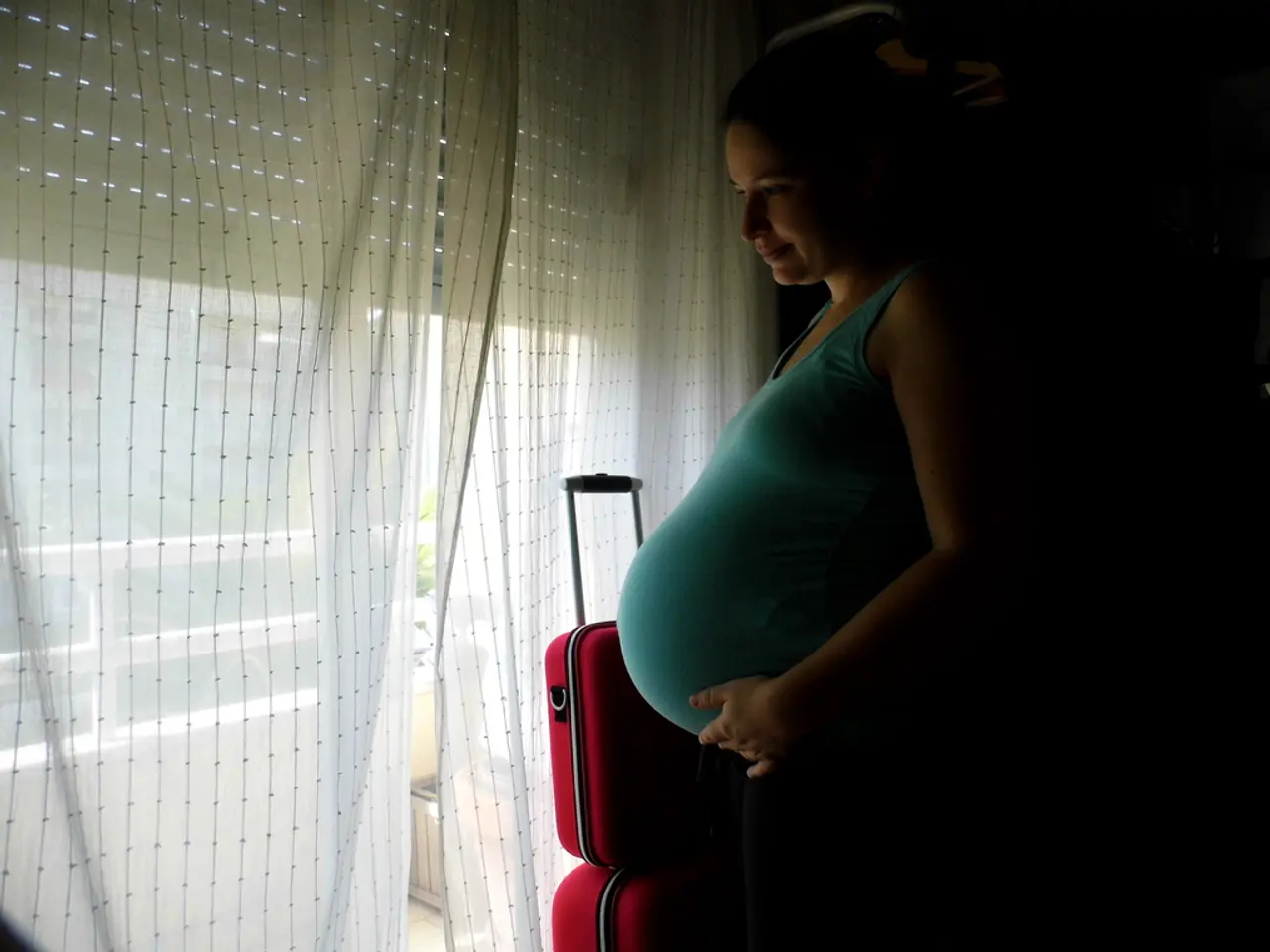Pregnancy-Related Deep Vein Thrombosis
Pregnancy can be an exciting time, but it also presents a higher risk for a condition called Deep Vein Thrombosis (DVT). This article aims to shed light on the factors that increase the risk of DVT during pregnancy and the measures that can help prevent it.
What is DVT?
DVT is a condition where blood clots form in the veins, usually in the legs or pelvic region. These clots can break off and travel to the lungs, causing a potentially life-threatening condition known as pulmonary embolism.
Causes and Risk Factors
DVT during pregnancy is six times more common than in a non-pregnant woman. The primary cause is the hormonal changes the body undergoes during pregnancy, which increase the blood's clotting capacity.
Several factors can increase the risk of DVT during pregnancy:
- Previous history of DVT: This is the most significant risk factor.
- Pregnancy trimester: The risk is highest in the third trimester and especially high in the postpartum period, particularly during the first week after delivery.
- Cesarean delivery: Compared to vaginal delivery, a C-Section delivery increases the risk of post-partum blood clots.
- Increased pressure in pelvic veins caused by the growing uterus, leading to slowed blood return from the legs.
- Changes in blood coagulability during pregnancy that make blood more prone to clotting.
- Sedentary lifestyle or prolonged standing: These conditions lead to reduced blood flow in the legs.
- Excessive weight gain or obesity: These contribute to a higher risk due to substances produced by fat cells that increase blood stickiness.
- Multiple pregnancies: May compound the risk further.
- Family history of vein disease or thrombosis.
- Additional general risk factors relevant in pregnancy include immobility, smoking, and age, which all increase clot risk by affecting blood flow or coagulability.
Symptoms and Diagnosis
Women who develop DVT during their pregnancy may experience symptoms such as pain in one leg accompanied by swelling, visibly enlarged veins, pain while walking, and the feeling of tenderness in the thighs and calf muscle.
Diagnosis typically involves a Doppler ultrasound examination to check for any venous blocks. In some cases, doctors may also prescribe a D-dimer test to identify the presence of any blood clots in the blood vessels.
Prevention and Treatment
Adopting an active routine, reducing body weight, and quitting smoking can help prevent the further clotting of blood during pregnancy. Drinking ample water and exercising also help manage DVT during pregnancy. Light and safe exercises can help improve blood circulation in the body, particularly exercises that benefit the circulation in the lower body.
Wearing compression stockings and constantly moving around can help reduce the risk of DVT during labour. If DVT does occur, doctors may prescribe medications to thin the blood, such as heparin injections, to prevent the clots from growing larger. These medications are usually continued after delivery up to at least six weeks post-partum.
Special kinds of compression stockings can be worn to improve blood circulation in the legs during pregnancy. It's also important to increase water intake, ensure constant lower body movement, and avoid alcohol during travel to reduce the risk of DVT symptoms flaring up.
In conclusion, pregnancy and the postpartum period are high-risk times for venous thromboembolism. It's crucial to be aware of the risk factors and take preventative measures to ensure a healthy pregnancy. Always consult with a medical practitioner for personalised advice and guidance.
[1] American Pregnancy Association. (2021). Deep Vein Thrombosis (DVT) and Pregnancy. Retrieved from https://americanpregnancy.org/pregnancy-complications/deep-vein-thrombosis-dvt-pregnancy/
[2] Mayo Clinic. (2021). Deep vein thrombosis (DVT). Retrieved from https://www.mayoclinic.org/diseases-conditions/deep-vein-thrombosis/symptoms-causes/syc-20355045
[3] National Heart, Lung, and Blood Institute. (2021). Deep Vein Thrombosis (DVT). Retrieved from https://www.nhlbi.nih.gov/health-topics/deep-vein-thrombosis
[4] Royal College of Obstetricians and Gynaecologists. (2021). Venous thromboembolism in pregnancy. Retrieved from https://www.rcog.org.uk/en/guidelines-research-services/guidelines/green-top-guidelines/gtg-37-venous-thromboembolism-in-pregnancy/





